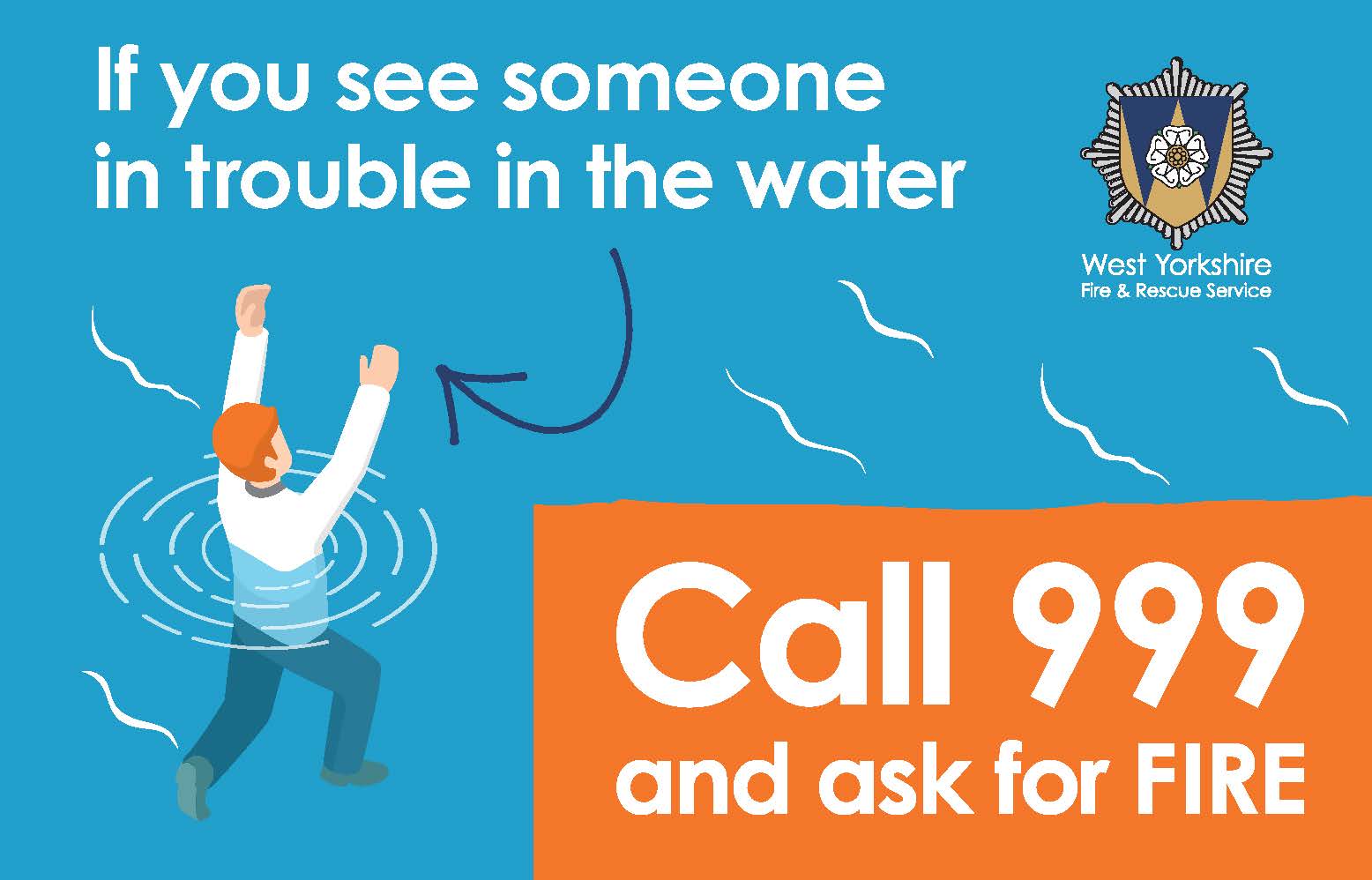
If you ever find yourself in an emergency - like someone struggling in the water or lost in a remote spot - What3Words can be a lifesaver. It divides the world into 3m x 3m squares, each with a unique three-word address, so you can tell emergency services exactly where you are. It’s free and easy to use. Definitely worth having on your phone, just in case. Go to what3words.com to find out more.
